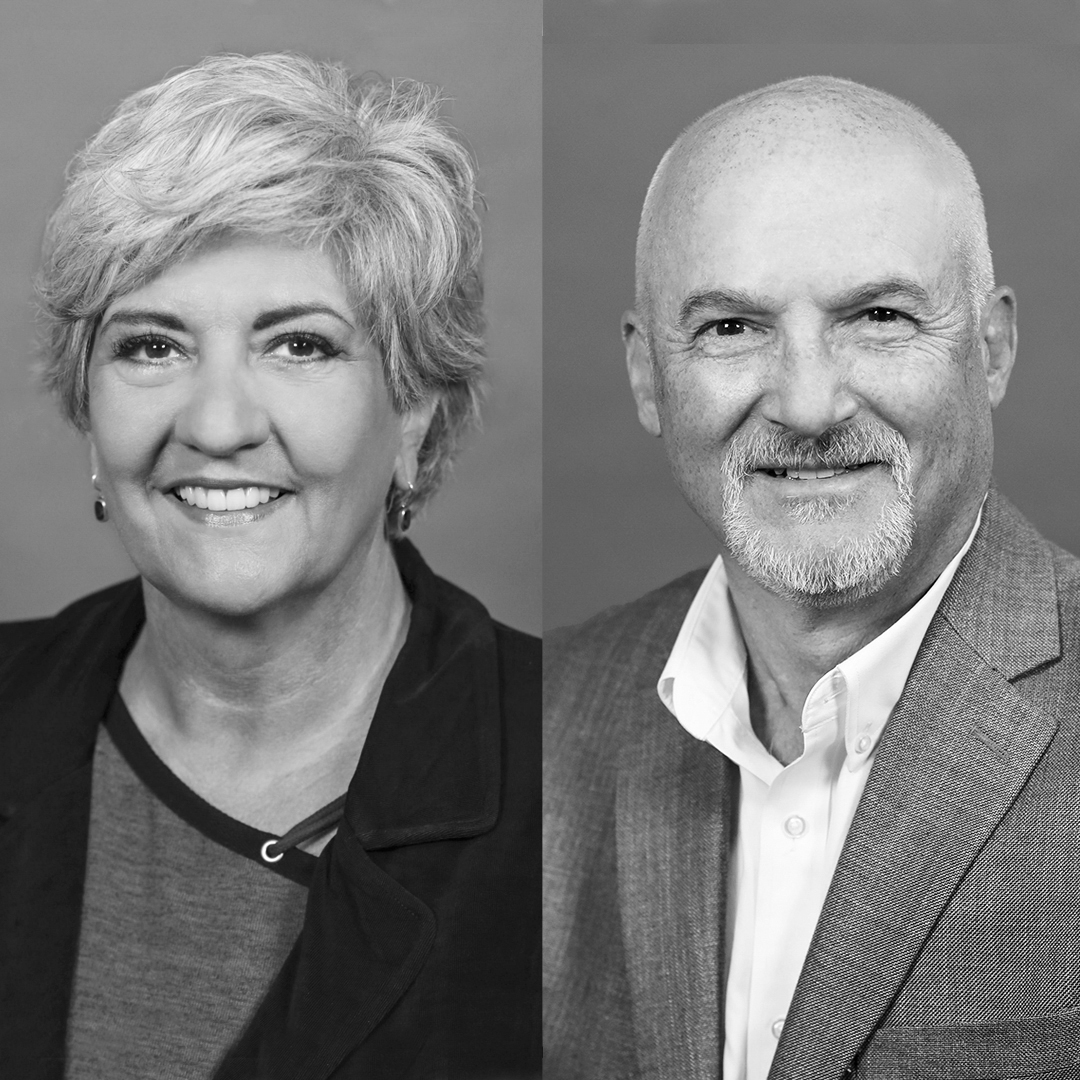It would be difficult to overstate the importance of Erlanger Health System (EHS) to the communities it serves in Tennessee, North Carolina, Georgia, and Alabama. Serving about fifty counties across 50,000 square miles, it provides the only Level I Trauma Center, comprehensive stroke center, high-risk birthing unit, and Level IV neonatal intensive care unit in the region. It operates a fleet of six LIFE FORCE helicopters for patient transports, and is the only public safety-net hospital between Atlanta, Nashville and Knoxville, Tennessee, and provided more than $120 million in uncompensated care in 2017.
EHS also supports thirteen smaller hospitals through affiliation agreements that provide care and specialists to keep patients close to home and help local hospitals stay in business. It operates three federally qualified community health centers and six hospitals that treat patients regardless of their ability to pay, offers on-site medical care for the area’s Volkswagen assembly plant, and recently opened a behavioral health facility as part of a joint venture with Acadia Healthcare.
In spite of being such an active and indispensable resource for the region, about five years ago, EHS had accumulated more than $50 million in losses over the previous four years. When Robert Brooks, who has FACHE certification from the American College of Healthcare Executives, joined as executive vice president and chief operating officer, it was his responsibility to return the entire system to profitability.
“I’ve always had the philosophy that you can’t cut your way to profitability,” Brooks says. “You have to grow the business.”
To accomplish that, he identified areas where EHS was lagging behind industry benchmarks and examined service levels in the market. One concern he identified was an outdated process for transferring patients from other facilities. It created such long delays that patients were often admitted elsewhere before processing could be completed at EHS.

Brooks helped create the Erlanger Regional Operations Center—a high-tech communications hub that streamlined transfers from sixty-six other hospitals. Its success led to explosive growth in numerous specialty areas throughout EHS.
A $60 million expansion at Erlanger East Hospital added fifty-eight beds, four operating rooms, six intensive-care beds, and a hybrid lab for cardiac catherization and interventional radiology. Erlanger Orthopaedic Institute was established at Erlanger Baroness Hospital, adding six dedicated operating rooms for elective procedures that in the past were frequently delayed while trauma patients were prioritized.
EHS also developed a world-class neuroscience institute and grew to become the fourth-largest stroke center in the US, according to MedPAR data. Created shortly after the orthopedic initiative, the $20 million Heart and Lung Institute added four operating rooms and a hybrid facility for complex cardiac procedures. In addition to an on-site da Vinci robot, the Institute was one of the first facilities in the country to begin using a Siemens ARTIS pheno-drive minimally invasive robotic angiography system, which avoids the need for open chest procedures. A partnership with Columbia Heart Source is helping to improve recruitment and develop additional strategies to position EHS as an international destination for heart and lung care.
The hospital’s cancer program has also grown, particularly around urologic oncology. Capabilities for partial nephrectomy, which removes individual tumors, saves patients’ kidneys, and eliminates the need for dialysis, have successfully addressed multiple types of cancer. The affiliated academic program is expanding EHS’s urology residency program to train physicians in these types of innovative procedures.
And as the only regional children’s hospital, EHS has just completed a new children’s outpatient treatment center. To make the environment warmer and more welcoming to young patients, it provides patients with distractions including a full-size 1871 steam locomotive at the entrance, a fire truck that promotes fire safety, and a tow truck that highlights seat belt and bicycle helmet use.
The only resistance Brooks encountered to all of these undertakings—which have contributed $600 million to the bottom line—was concern from board members about managing so many large-scale projects simultaneously. However, they were all completed on time and on or under budget.
Brooks says his background helped contribut to these successes. He started his career as a fireman and paramedic, later becoming a critical care nurse. Then, he began his tenure as a flight nurse with STAT MediVac for the University of Pittsburgh Medical Center, where he took on the role of base manager and then business development. That eventually led to a master’s degree in health administration.
“I’ve got a leg up because I understand what clinicians face on a daily basis,” he says. “I know how decisions we make around capital allocations will affect them on the front lines.”
That reasoning extends to how he communicates with medical professionals at all levels. For example, he understands that a physician who may appear upset or frustrated is usually trying to find solutions for patient care issues. “As an administrator, I don’t want to dictate how physicians should do their jobs,” Brooks says. “If I listen and provide support, we can develop much more meaningful outcomes.”
Even with the challenges of increasing operating costs and decreasing reimbursements and other income streams, Brooks is still driven by the individual patient successes he and his team help make possible.
“Not a day goes by that we don’t hear amazing stories about how our staff and facilities have saved lives,” he says. “That’s what we all work for every day.”

